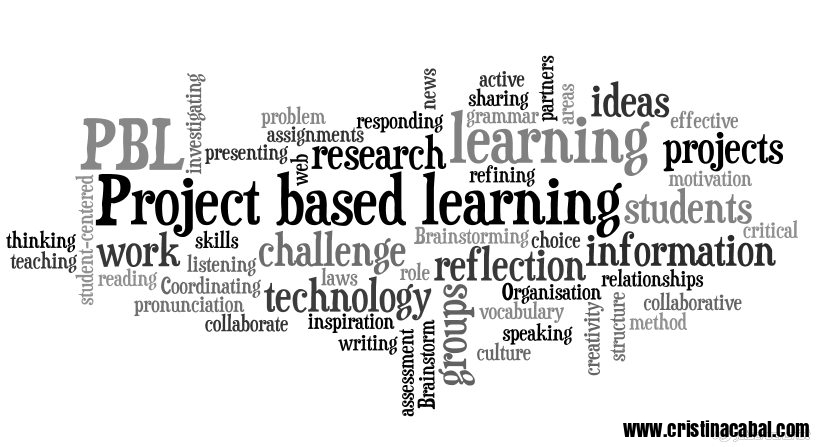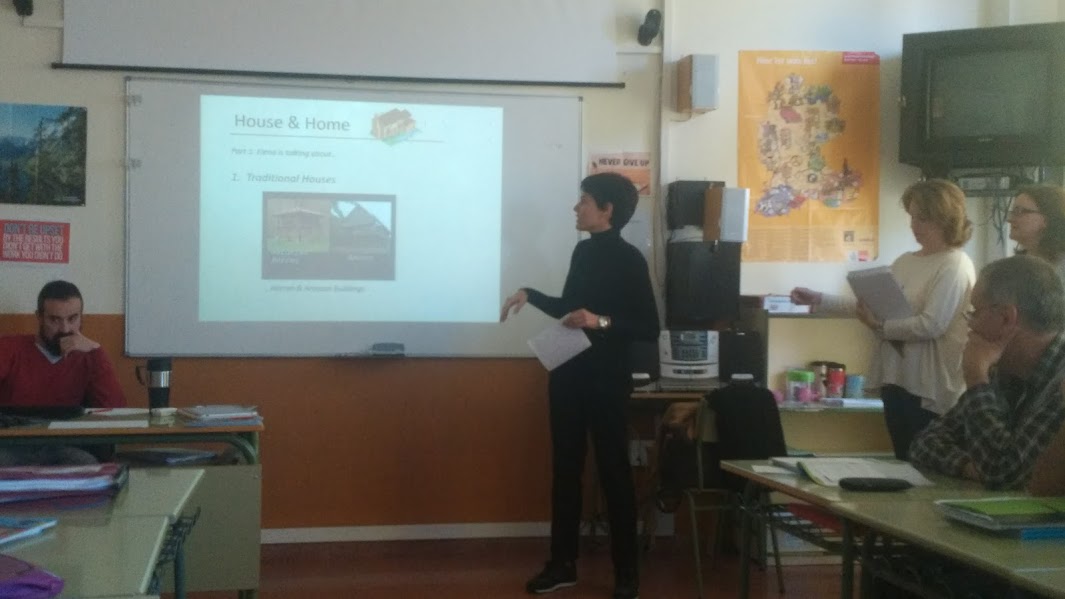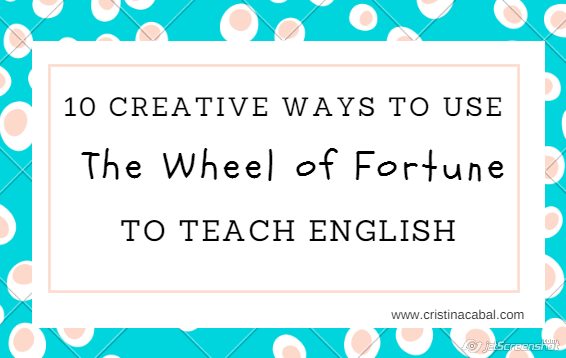I always claim that English grammar is easy, especially when compared to the Spanish or French grammar, but it gets a bit messy when it comes to verbs followed by infinitive or gerund.
The easy thing to say is that
- some verbs are followed by infinitive (promise to go)
- some verbs are followed by gerund (can’t stand ironing).
But then we find that,
- some other verbs are followed by infinitive or gerund with no change of meaning (start to study/start studying)
- while some others are followed by infinitive and gerund with a change of meaning (stop to smoke/stop smoking)
And to add insult to injury,
- some verbs are followed by infinitive with to (offer to help)
- some others by infinitive without to ( make me study)
- some verbs are followed by gerund, but if there is an object pronoun in between the verb and the gerund, then the gerund becomes infinitive (recommended reading / recommended her to read) …
Amazing, isn’t it?
Well, I suppose there’s nothing we can do about it, so let’s get down to some serious studying.

- Level: Intermediate
- Time: 60 minutes
THE GRAMMAR.
Download the document here
THE PRACTICE:
Exercise 1. The Quiz
Exercise 2: The Rewriting Exercise
3. Speaking and/or Writing: Storytelling Competition
- Go to wheeldecide.com. Ask students to tell you verbs followed by gerund first, and then verbs followed by the “to” infinitive. Feed the wheel with these verbs.
- Explain that in this activity they will need to seat in a circle in groups of 4.
- Explain that you will write on the board the beginning of a story and then, in their groups, they will need to continue it.
- Write on the board the beginning of a story. You can use this Short Story Generator.
- Spin the wheel.
- To make sure students will use the verb in the correct way, ask them to tell you whether the verb displayed in the wheel is followed by infinitive or gerund.
- The oldest person in the group will start telling the story using the target verb in the wheel.
- Give the student one minute to continue the story and then spin the wheel again for the next student.
- If a student cannot come up with an idea to continue the story, he’s eliminated.
- Continue until there is only one student left. This student will be the winner if he manages to give the story in his group a suitable ending.
Here’s the wheel I have used with my students.





